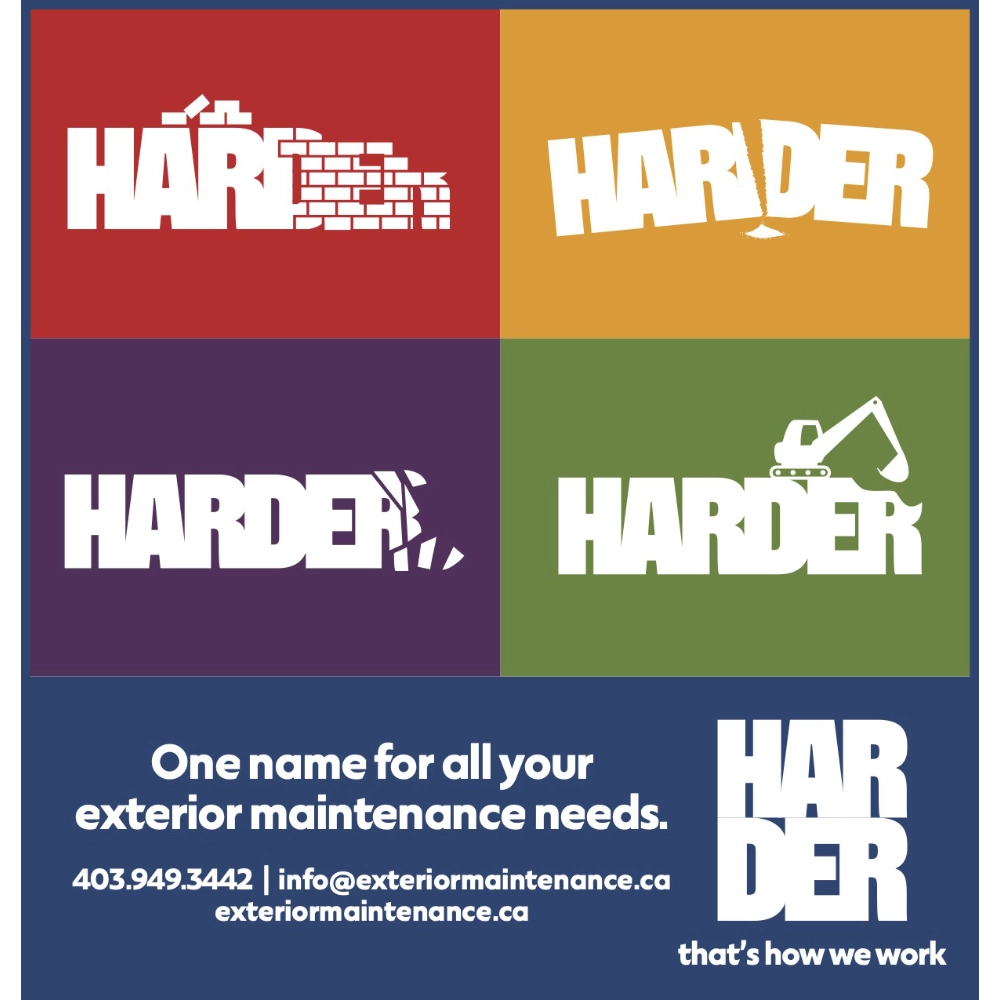Understanding Income Qualification for a Mortgage
Buying a home is one of the biggest financial commitments most Canadians will ever make, and getting approved for a mortgage is a critical step in that journey. One of the most important factors lenders consider when reviewing a mortgage application is income — not just how much you earn, but how stable and verifiable your income is.
Understanding how income qualification works can help you prepare and improve your chances of securing the mortgage you need.
Types of Acceptable Income
Lenders will examine where your income comes from and whether it’s stable. Generally, the following types of income are acceptable:
- Salaried Income: If you’re a full-time employee with a guaranteed paycheque, this is straightforward. Most lenders require recent pay stubs and a letter of employment.
- Self-Employed Income: If you run a business or work freelance, you’ll need to provide two years of T1 Generals
+ Notices of Assessment and business financial statements to demonstrate stable earnings. - Hourly, Commission or Bonus Income: Lenders will average your income over two years if you rely heavily on commission or bonuses and/or get paid hourly.
- Other Sources: Rental income from investment properties, child or spousal support payments (if consistent and legally documented), and certain government benefits can sometimes be used, though policies vary.
The Basics: Gross Debt Service (GDS) and Total Debt Service (TDS) Ratios
Lenders use two key calculations to assess whether your income can support the mortgage you want: the Gross Debt Service (GDS) ratio and the Total Debt Service (TDS) ratio.
- GDS Ratio: This measures the percentage of your gross monthly income that goes toward housing costs, including mortgage principal and interest, property taxes, heating, and 50% of condo fees if applicable. Most lenders prefer a GDS of no more than 32-39%.
- TDS Ratio: This takes the calculation further by adding all other monthly debt obligations, such as car loans, credit card payments, or student loans. Lenders generally look for a TDS ratio of 40-44% or less. These ratios help lenders ensure that you won’t be overstretched by your mortgage payments and other debts.
Stress Test Requirement
All Canadian mortgage applicants must also pass the mortgage “stress test.” This means you have to qualify for your mortgage at either the Bank of Canada’s benchmark rate or your contract rate plus 2%, whichever is higher. This ensures you could continue to afford payments if interest rates rise.
Improving Your Qualification
If you’re concerned you might not meet the income requirements for the home you want, there are steps you can take:
- Reduce Existing Debt: paying down credit cards or loans lowers your TDS ratio.
- Increase Your Down Payment: a larger down payment means borrowing less.
- Consider a Co-Signer: a trusted immediate family member can co-sign the mortgage.
- Consider a Co-Borrower: adding their income to your application means you can borrow more.
- Organize Your Documents: Lenders require proof. Keep pay stubs, tax returns, and financial statements up to date and easily accessible.
Final Thoughts
Income qualification is about more than your annual salary — it’s about demonstrating to a lender that you can handle the financial responsibilities of homeownership now and in the future. By understanding how lenders assess your income and preparing accordingly, you’ll put yourself in a stronger position when it’s time to apply.
Candace Perko,
Mortgage Broker



























